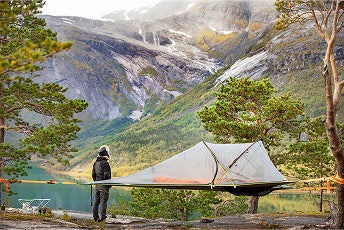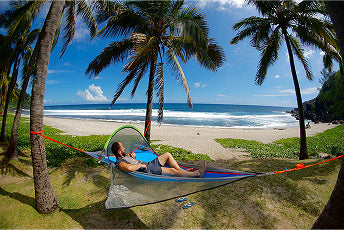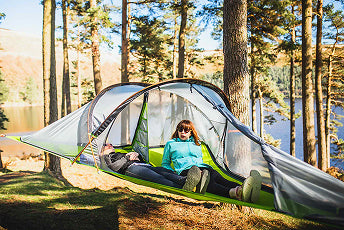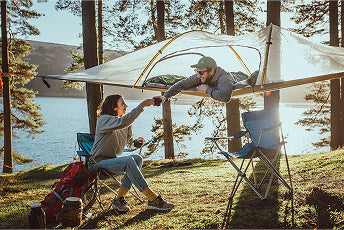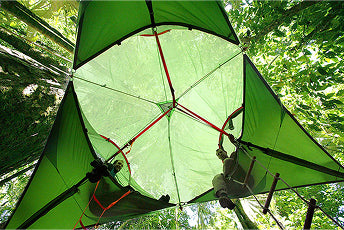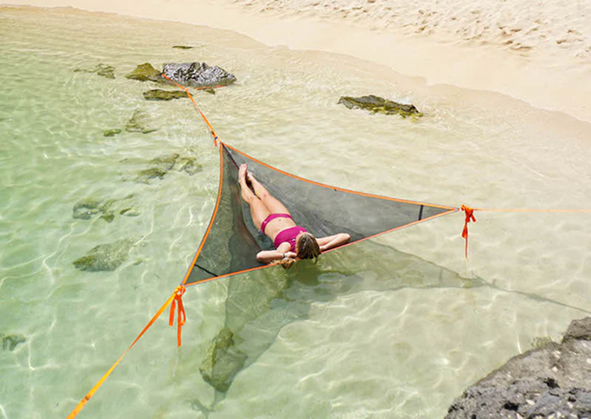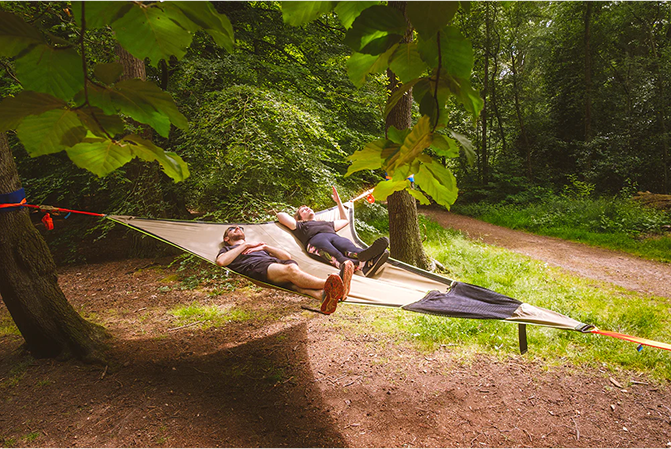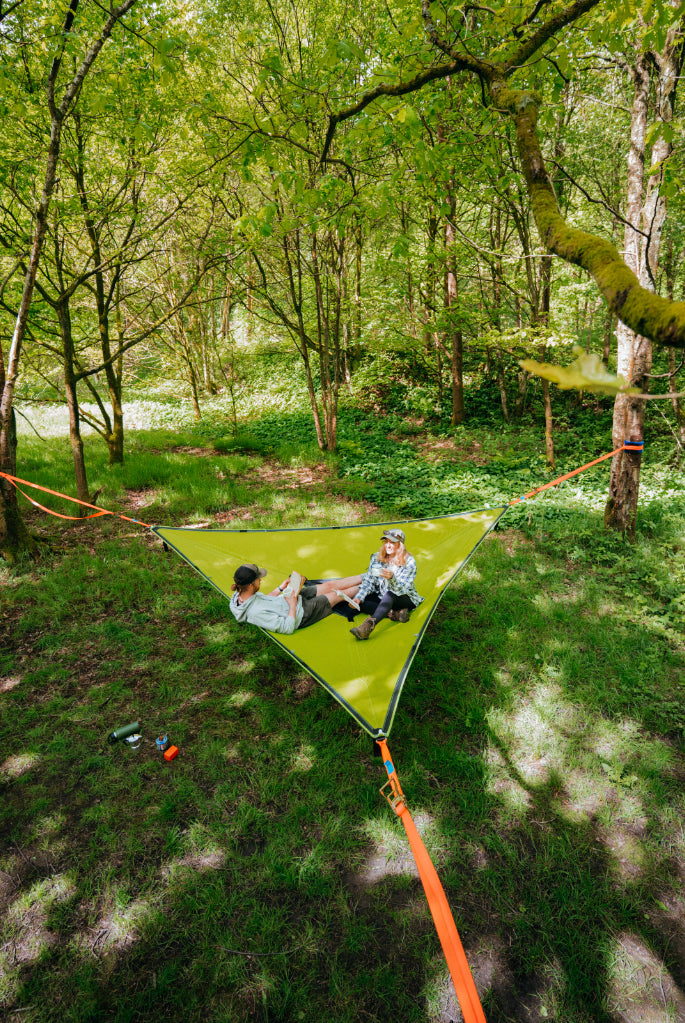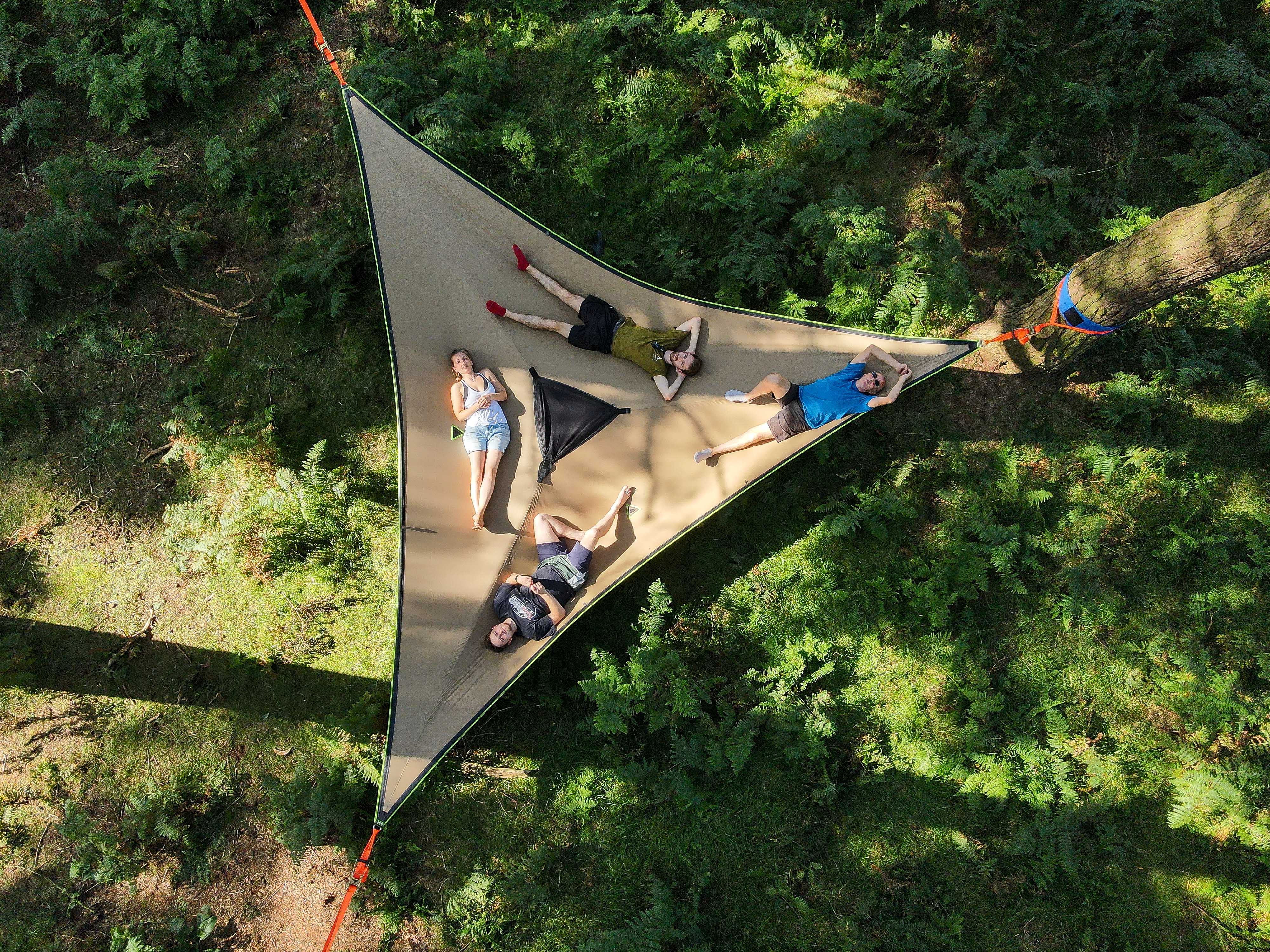National Parks Week is almost here, and if you're like us, you're looking for a fun way to celebrate the onset of a whole new season of Camping Adventures, this is a great place to start. On Friday 20th April 2024, all US National Parks will waive their entry fees, making them even more accessible for everyone to enjoy!
To help your camping trip go smoothly, there are a few things you can do to prepare and plan ahead.
-
Choose your location
It’s the most obvious one, but sometimes you can get caught up in the moment, having the romantic idea that you can just get in the truck and drive and pitch up somewhere, anywhere, and everything will be okay.
I like the idea of that too, but I do also like to plan ahead and know where I’m going to stay, especially when these long weekends don’t come around very often. You can pretty much guarantee that campgrounds are going to be extra busy during National Parks Week, so if you haven't done so already - calling ahead to book is a MUST!
If you’re wanting to camp at a National Park you can take a look at what opportunities there are here. The map’s easy to use and can help give you ideas on where to stay close to home.
Alternatively, recreaction.gov is the next best place to help you plan and book where to go camping. You can even see where tree permits are needed if hammock camping.
Kampgrounds Of America also provide a useful guide for campgrounds within 50 miles of a National Park.

-
Plan your menu
You'll be spending a lot of time in nature, so have a plan for what you will eat. You might be tempted to rely on fast food joints or cheap gas station fare, but this can be a big mistake! If you're camping in an area where it's difficult to find decent food, then bring along your own supplies. Cooking outside your tent is all part of the camping experience!
Here's 40 camping recipes you can check out for some inspiration
-
Bring the right camping gear
Before you leave your house, make sure you have everything you'll need to make your camping trip a success!
Don't leave your house until you're sure you have everything you need and make a list to help you remember. Here’s a little list to help you get started…!
- Tent or hammock (or both)
- Sleeping bags
- Sleeping pad
- Camping stove
- Pots and pans and cutlery
- Cooler
- Camping chairs
- Daypack for when you’re exploring what’s around you
- And don’t forget water
-
Plan what to do and what to see
Some of the National Parks are huge, massive even. And by massive, we mean really big! Yellowstone, for example, covers nearly 3,500 square miles of land so there’s a lot of ground to cover and lots to see and you obviously won’t get to see it all in one trip.
Don’t try and pack too much in. Find a couple of things that you want to see and experience the ones that are most important to you and take the time to make the most of them.
Spend some time doing your research. There are a wealth of resources online that are easy enough to find with a quick google search, many of which go into plenty of detail about what to consider while in a specific park - here's a great example.
With so much to see and do you might want to invest in an annual parks pass for $80 so you can enjoy the natural beauty all year round.

-
Bigger isn’t always best!
Yosemite, Yellowstone, Joshua Tree, Death Valley, Kruger and The Grand Canyon are just some of the bigger more well-known National Parks but, try and scout out some of the smaller hidden gems. You won’t be battling the crowds and you’ll get to explore off the beaten track locations.
Check out Dry Tortugas in Florida. It’s only accessible by boat but the 100 square mile park has so much to offer - home to Fort Jefferson, coral reefs and marine life, bird life. It’s a nature lovers paradise!
Indiana Dunes is another treasure found on the southern shores of Lake Michigan. With its multiple ecosystems packed into one park there’s a lot to experience - sand dunes, wetlands, prairie, river, and forest. The park covers 15,000 acres with 50 miles of hiking trails. You can also go horseback riding, birding, biking, and swimming.
-
Leave No Trace
It goes without saying, but wherever you end up camping, it’s important to follow the Leave No Trace Principles to ensure you leave nature undisturbed, habitats intact and ecosystems undamaged.
Read our blog on the Principles of Leave No Trace to brush up on how to camp responsibly.
With 59 National Parks to choose from, get out exploring this Labor Day weekend and most the most of the long weekend.
If you manage to get out with your Tentsile tree tent or hammock we’d love to see what adventures you to get up to over the long weekend. Don’t forget to #tentsile so we can share with our fun loving community.

